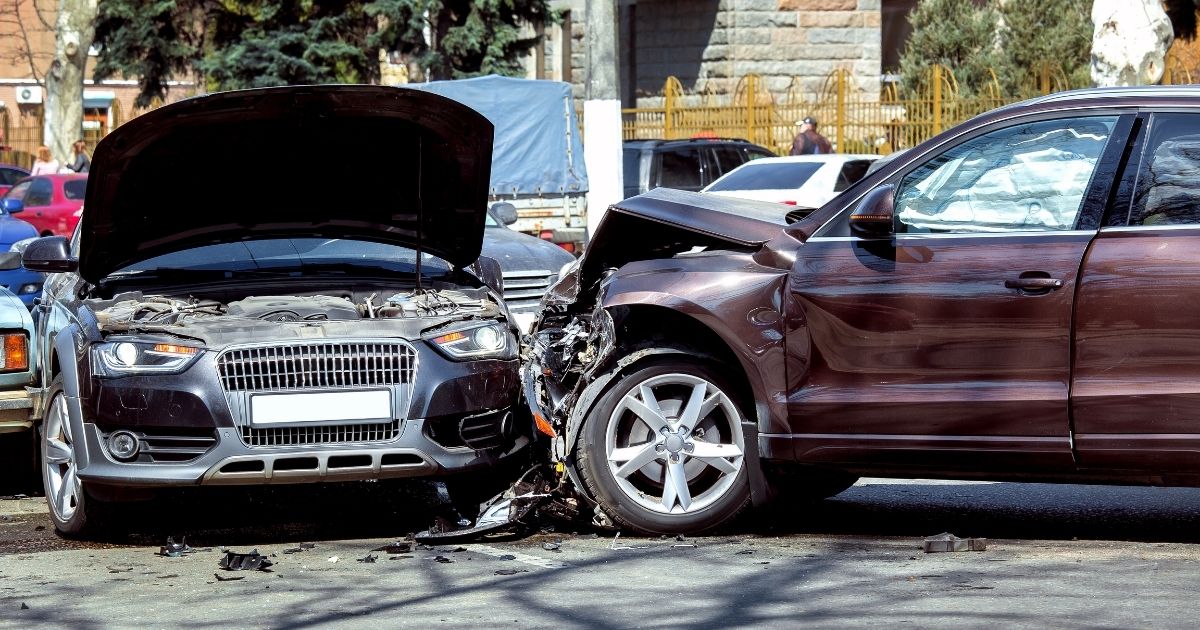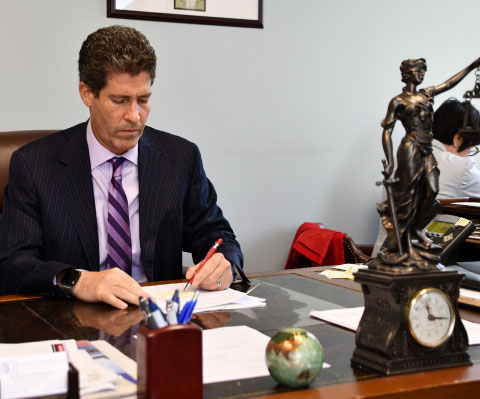What Steps Do I Need to Take After a Car Accident?
June 22, 2021

In the moments immediately following a car accident, a sense of upheaval and disorientation can set in. Especially if injuries are involved, people in the midst of that kind of chaos sometimes lose focus on what steps they should prioritize. To help all car accident victims, here is a list of what steps to take following a collision.
Check for Injuries
In the immediate aftermath of a car accident, the priority should be to ensure the safety of everyone involved. Drivers and passengers in either vehicle may need medical attention.
Sometimes, the adrenaline rush after an accident can cause people to dismiss serious injuries. Drivers upset with one another may not realize that a passenger or passerby is seriously injured. After any car accident, there should an assessment to make sure that everyone is alright. This includes checking on the occupants of the other vehicle.
Get to a Safe Place
After making sure that everyone is okay, it is important to take action to prevent further injuries. If people can safely move, they should get out of the roadway to avoid the chance of getting hurt by another vehicle advancing toward the scene of the accident. There may also be a danger of an explosion or other risks near the damaged vehicles.
Do Not Leave the Accident Scene
Using the vehicle’s hazard lights or using emergency road flares can warn other drivers of the dangerous accident scene. While it is important to get out of the way of danger, drivers who have been involved in an accident must stick around to deal with the implications of the incident. It is not a good idea to leave the scene of the accident. In fact, in many states, it is illegal to do so.
Dial 9-1-1 for Help
Even in cases where it seems like there are no serious injuries, the police should be called to the scene of the accident to create an accident report. This report is an official document that records information about the drivers, occupants, vehicles, and circumstances involved in the accident. This information can be useful during the insurance claims process and may be used as evidence if legal action is necessary.
Exchange Information
Once everyone is out of imminent danger, the drivers should exchange information with each other. Each driver should assess the damage from the crash and take note of what factors may have led to the crash. Importantly, drivers should be careful to avoid admitting fault for the accident.
Drivers should collect contact information from one another. The information should include the following:
- Full name and contact information of the other driver.
- The other driver’s insurance company and policy number.
- Make, model, color, and license plate number of the other vehicle.
- The other car’s vehicle identification number (VIN).
Avoid Discussing Fault
It is imperative to avoid mentioning anything that can be used to support one’s own liability in a car accident. The insurance investigators can determine what happened from the documented evidence, the vehicle damage, and reports.
Drivers who disclose information about what they were doing before the crash or what they think happened may not be telling the whole story. What they say may be used to create a new plausible narrative about what happened. Be careful about what is said to the other driver, the responding officer, and others.
Record Evidence
The best way for a driver to establish a personal injury case or to limit their own liability is to record the available evidence on the scene. Drivers should make note of the conditions that may have factored into the crash.
Photographic or video evidence can be compelling. Record vehicle damage, the positions of the vehicles, skid marks in the road, as well as missing or damaged road signs. Road conditions, weather conditions, and lighting issues are also worth noting.
Photograph the Damage
Any vehicle damage should be photographed for insurance purposes, but photographs from the scene may show more than what the photographer intended at the time they were taken. Photographs taken from many angles will be used to prove the damage, but they may also disclose evidence that was missed upon the initial examination of the scene.
Make Notes
Before the memories of the incident fade or become jumbled, drivers should make notes of what happened; the more detailed, the better. The notes should include the location of the accident, the directions the vehicles were traveling directly before the crash, what can be remembered about the moments before impact, and what immediate impressions came to mind in the time following the accident.
Noticing loud music coming from the other vehicle or smelling alcohol on the other driver are factors that would not show up in a photograph from the scene. Small details could be useful later.
Compile Information
Notes should include identities of all occupants of the vehicles involved and any injuries reported. The names and badge numbers of the responding officers might be useful. Statements and contact information from witnesses can be invaluable. Much of this information may become available on the police report, but gathering as much information as possible is a good strategy.
Notify the Insurance Provider
If the injuries caused by the accident allow, drivers should begin the claims process with their insurance company. Even if the other driver is at fault and their insurance will ultimately cover the claim, drivers should notify their own insurance initially. With luck, the two insurance companies will work matters out, but if not, there are other options.
Drivers must report the accident to their insurance provider in a timely fashion or they might risk losing the option to file a claim for damages. Usually, the driver’s own insurance company will determine what happened and how to handle the claim.
Obtain the Accident Report
Drivers should obtain a copy of the accident report. This is usually available within a few days of the accident and can be picked up at the police station. This document will likely be used by the insurance company during the claims process.
Keep Good Records
Throughout the claims process or the legal proceedings, any records regarding the accident, the claim, or the damages involved should be diligently documented and preserved.
Medical records and bills can be used to substantiate injuries and their costs. Estimates and invoices can help prove property damage. Drivers should also keep track of all correspondences with insurance representatives and other officials. When it comes to phone calls, note when they took place, what was discussed, and with whom.
Resort to Legal Measures
If a claim is denied, the driver may have to pursue legal action to seek compensation for the damages they incurred in the accident. A lawyer should be obtained as soon as possible.
If someone is hurt in an accident, they may be able to collect damages for the costs associated with their injuries. They may be able to receive compensation for any medical bills that resulted from the crash. They might be able to recover lost wages as well.
A lawyer can help their client determine what happened in their accident and who is responsible. A lawyer can support their client’s right to claim fair compensation and ensure that they have what they need to recover.
Philadelphia Car Accident Lawyers at Nerenberg Law Associates, P.C. Provide Legal Guidance to Collision Victims
Car accidents are common, and it is important to know what steps to take after one happens. If you were in a collision that was caused by another motorist’s negligent actions, a Philadelphia car accident lawyer at Nerenberg Law Associates, P.C. can help. Call us at 215-569-9100 or complete our online form to schedule a free consultation. Based in Philadelphia, we serve clients throughout Pennsylvania and New Jersey.

